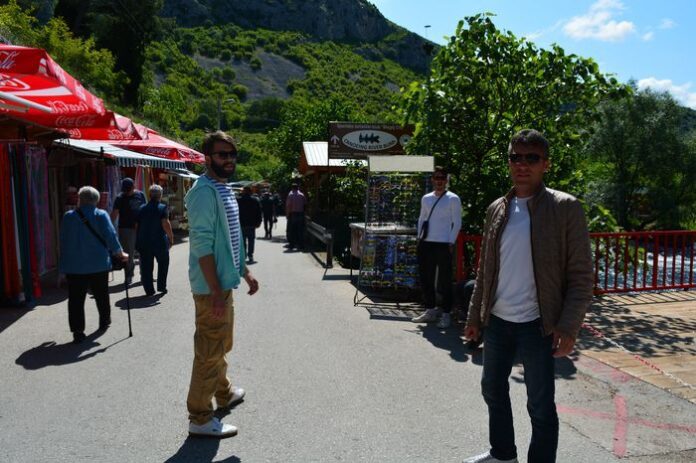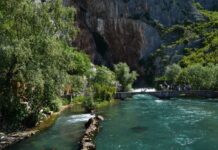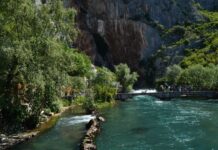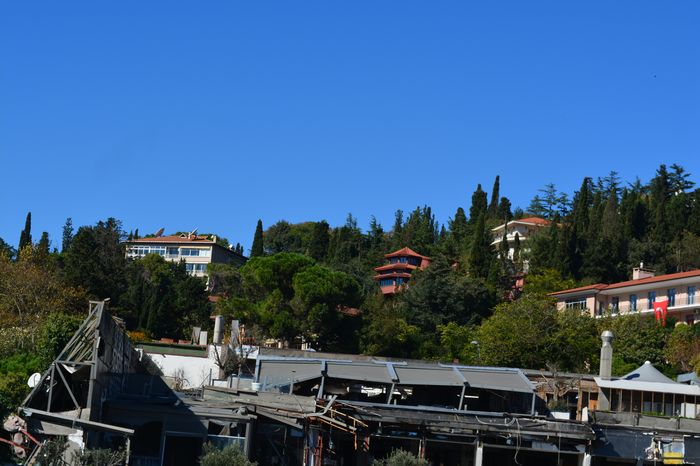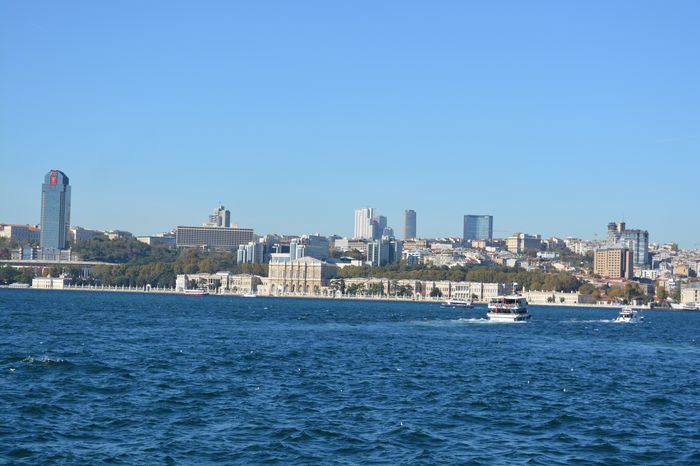An inscription found on the Theodosian Walls of Constantinople reads:
“The Outwork of the Theodosian Wall was restored under Justin and Sophia, our most pious Sovereigns, by Narses, the most glorious Spatharius and Sacellarius, and Stephen, who belonged to the service, a servant of the most pious Sovereigns.”
This means that during the reign of Emperor Justin II and Empress Sophia in the 6th century, parts of the outer wall of the Theodosian defenses were repaired. The work was done by Narses, a high-ranking military and financial officer, and Stephen, a servant of the imperial administration Earthquake Damage and Repairs in the Late 10th Century.
Major Repairs During the Arab Threat (8th Century)
In the early 700s, the city of Constantinople faced another great threat. The Saracens (Arabs) were preparing for a second major siege of the city. In response to this danger, Emperor Anastasius II strengthened the land walls and other city fortifications.
Thanks to these improvements, the city was better prepared when the Arabs attacked again in 718 AD. Under Emperor Leo III the Isaurian, the city managed to resist and repel the enemy. This victory was an important moment in the defense of the Christian world.
Earthquake Damage and Restoration in 740 AD
In the year 740 AD, a series of earthquakes hit Constantinople. These earthquakes lasted for eleven months and caused serious damage to the city walls. Emperor Leo III had to repair the damaged structures. Because the cost of the repairs was high, he had to raise taxes to pay for the work Istanbul Daily Tours.
Leo’s son, Constantine V (also called Constantine Copronymus), helped in the restoration efforts. Several inscriptions have been found on the towers of the Inner Wall, commemorating these repairs.
Inscriptions on the Restored Towers
Seventh Tower North of the Sea of Marmara:
“Leo with Constantine, wielders of the sceptre, erected from the foundations this tower which had fallen.”
Ninth Tower North of the Golden Gate:
This tower also had an inscription in brick letters, showing the imperial involvement in repairs.
Third Tower North of the Second Military Gate:
A similar inscription to those on other towers, indicating continuous repair activity.
Second Tower North of the Gate of the Pege:
A well-carved inscription on marble, again crediting Leo and Constantine.
Ninth Tower North of the Gate of the Pege:
Two inscriptions were found here. One honored an Emperor Constantine, and the second one read:
“The Fortune of Leo and Constantine, the God-protected Sovereigns, and of Irene, our most pious Augusta, triumphs.”
These inscriptions and repair works show how important the city walls were for the protection of Constantinople. Emperors took great care to maintain and strengthen them, especially during times of danger. Through earthquakes, wars, and sieges, the walls stood as symbols of strength and imperial pride.
